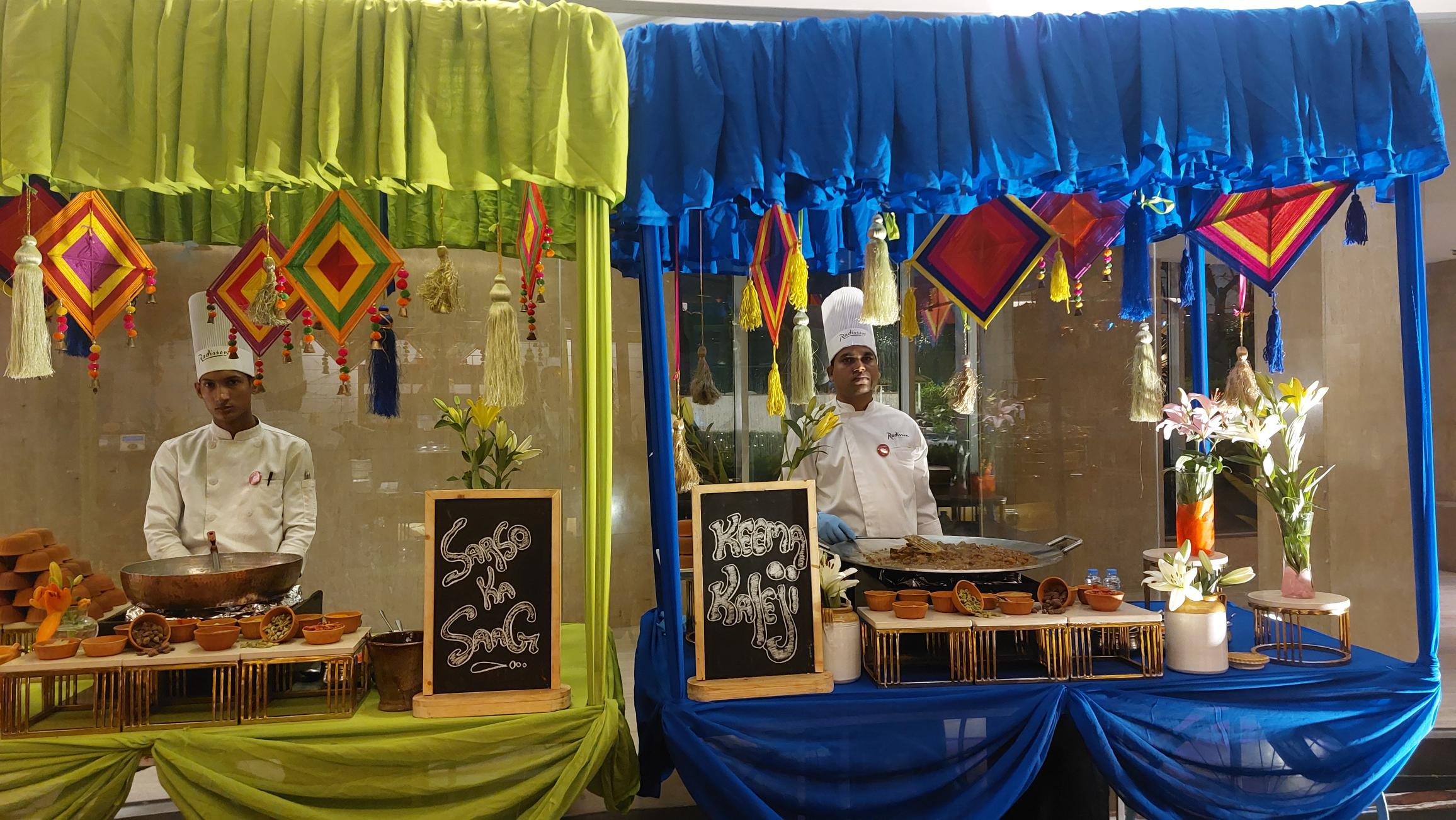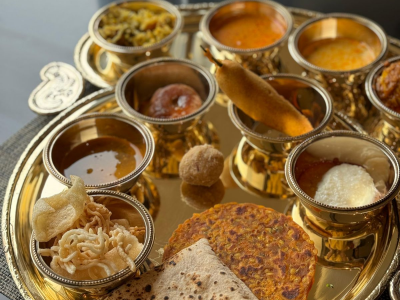Geetanjali Shree’s Ret Samadhi is one of the rare pieces of Hindi literature that brings to life the struggles and growth of women in India, without being preachy
In last few decades, Hindi literature, especially novel writing, has become quite inclusive with many Dalit and women authors keeping abreast with contemporary socio-political dynamics, writing with different perspectives adding interesting aspects in Hindi novel writing.
Keeping in tune with the change, author Geetanjali Shree’s Ret Samadhi created a buzz when it was released in January 2018 because of the kind of innovative writing and symbolic characters it used.
Talking about her book at a literary event in Amritsar, Shree likened the main lead of her seminal work Ret Samadhi to the ‘Dadi’ of Shaheen Baag, Bilkis, who was also named in Time magazine’s list of 100 most influential persons. She was one of the most influential participants of the 100-day-long sit-in protest against the Citizenship Amendment Act.
She told journalist Rana Ayub, “I will sit here till blood stops flowing in my veins so the children of this country and the world breathe the air of justice and equality” and can be seen as the personification of the ideas Maa from Shree’s novel stands for.
Shree said at an event that women are surrounded by borders and once they cross one, they taste the freedom outside and become habitual of crossing them.“Borders can be metaphorical, physical, or real, but once she does, there is no stopping her,” she said. Maa (mother) is like that.

Ret Samadhi is a story of an 80-year-old woman and her bohemian daughter; which follows their life as the daughter is getting older and a bit conventional day by day, while her mother is becoming younger like a defiant teen.
Ret Samadhi can be divided into three major sections. The starting of the novel portrays Maa living in a joint family detached from everyone after the death of her husband as if her life too has ended.
In the second part of the novel, she shifts with her daughter who takes care of her. Here Maa enjoys freedom and other characters namely Roji Bua are prominently pictured in Maa’s newfound bohemian world. Roji, a transgender, would sometimes visit with Raja master or masquerading as Raja master to meet Maa as they would visit the city together. Maa starts breaking free with the advice of Roji. They along with KK (daughter’s boyfriend) start enjoying drinking. However, Roji is soon murdered, ushering in the third phase of the story.
Here the character of Maa decides to fulfil Roji’s last desire of delivering chironji (a form of almond) to relatives living in Pakistan. Embarking on the journey, Maa becomes a total stranger for the daughter, going from street to street befriending people as if she was in her home. She is also reunited with her lover, separated due to the partition, and sings thumri (love songs) resting her head on his chest.
Going through the story, one realises why Shree likened the character of Maa to Bilkis Bano. Bilkis’ fiery words and her relentlessness resemble Maa’s. Although women participation has increased in social movements, elderly women from a joint family participating in a social movement is unconventional. Once Bilkis started sitting in protest, she crossed a boundary and could see the power of her voice. That made her relentless.
The character of Roji also stands out in the novel. The depiction of transgender characters in Hindi literature reached a new high in the Shree’s work. Nobody knows from where Roji comes, the law does not recognise them, society doesn’t know them. They can travel across borders because for her there is no border, they can turn into Raja master. They are invisible to society.
As the story unfolds, one cannot help but see the novel as an experiment with magical realism, though it is not. The courage of Maa makes her seem bohemian for protagonists in the novel and for readers as well. The novel flows like thoughts of windows, gates, birds, sky, crows….women, man, man in woman, woman in man, love, pain, happiness, separation, childish chuckle, boundaries, borders and so on with symbolic characters and referential incidents.
Ret Samadhi then seems to be a monumental shift from earlier writings in Hindi. It is true that many novels include strong women characters but their greatest shortcoming is that at some point they become preachy and redundant. Ret Samdhi avoids preaching, rather talks about everything with the air of a poet writing a report in prose.
The novel in the last part touches the wounds of partition. Since a lot of Hindi and Urdu literature has been written around the partition, this topic may seem unattractive to readers because already enough is there but Shree diligently sets the redundancy aside and brings interest with a fine balance of some elements of melodrama.
A story never ends, they go on, so does this novel. Maa dies as a rebellious lover while her lover Anwar looking at everything happening around him pities his own condition, shackled in norms.





